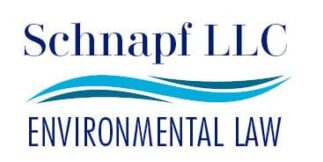The Environmental Committee of the NY State Assembly has scheduled a hearing on December 19th to take testimony on proposed changes to the state’s landmark Brownfield Cleanup Program (BCP).
The BCP has the most generous tax credits in the country. Applicants can claim three types of tax credits. Depending on the level of cleanup, an applicant can claim up to 50% of their site preparation costs which includes cleanup as well as costs of demolition, excavation, soil disposal, sheeting, shoring and dewatering (Site Preparation Tax Credit). The second tax credit that is available is the qualified tangible property (QTP) tax credit which ranges from 10% to 24% of the value of the improvements constructed on the brownfield site subject to a cap of $35MM or 3 times the site preparation costs (whichever is less). The BCP applicant can also claim up to five years of post-COC groundwater monitoring costs at the same percentage of the Site Preparation Tax Credit.
For example, a $200MM project with $10MM in cleanup costs (mainly from excavation) could be eligible for $5MM in cleanup costs and $30MM in tangible property tax credit for a total of $35MM. The taxes may be claimed in the tax year following the issuance of the no further action letter (formally known as a Certificate of Completion). To the extent that the tax credit exceeds the tax liability of the taxpayer, the tax credit is treated as a tax overpayment and the state cuts a check.
In the six years since the program was enacted, the state has incurred approximately $750MM in tax credit liability. However, nearly $500MM of those credits were attributed to FOUR projects!
The tax credits expire in 2015 and with the average BCP project taking 2 years to complete, the legislature will be under pressure in 2013 to extend and amend the tax credits. Some have suggested that the lucrative tangible property tax component not be an as of right benefit and be limited to projects located in economically depressed areas or Brownfield Opportunity Areas. Others have suggested that the tax credits be linked to the amount of income, sales and real estate taxes generated by a project. Still others feel that the 2008 amendments that added the $35MM or 3 times site prep cost cap has reined in the program’s costs and that there is no reason to amend the amount of the tax credits.
If you are interested in the BCP, you should make your voice heard and submit legislative proposals or comments to the Assembly Environmental Committee.
